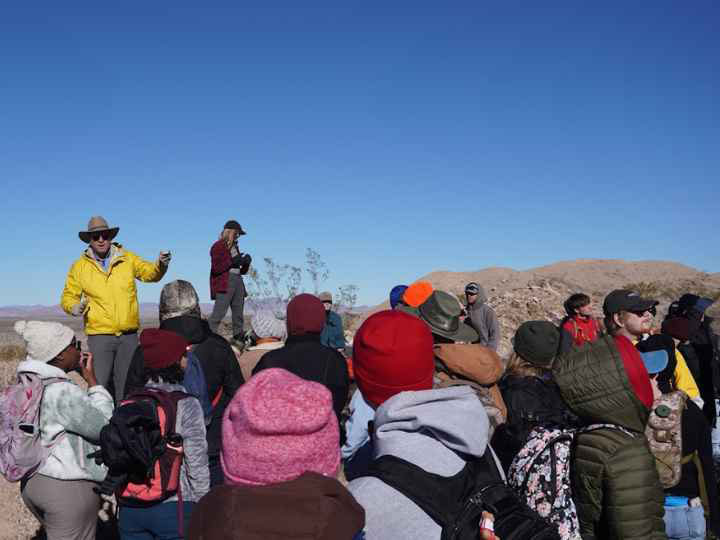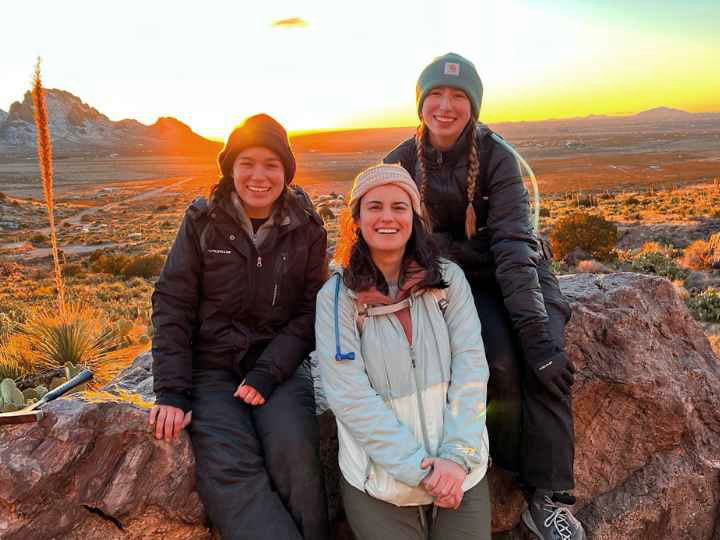$1 Million NSF Grant Funds Field Trips So ‘Geology Curious’ Students Can Follow the Science Like Pros in the Field
Undergraduate students will have enhanced field trip opportunities to study geologic formations in their actual setting, thanks to a four-year, $1 million grant from the National Science Foundation.

“We can show students rocks in boxes, but that’s only a start. Geologists don’t become geologists in the lab or classroom. To really understand the rocks, you have to be in the field. Walking around and seeing the whole space is a transformative experience,” said Peter Copeland, professor of geology at the University of Houston College of Natural Sciences and Mathematics.
Copeland is the principal investigator of the field trip project, which is called FIELDGeo – Field Investigations and Education Leading to Degrees in Geoscience. He hopes this introduction to field work will help student participants decide whether geology is the right focus of study for them, and might even be a potential career choice.

The new funding expands a program started in 2012 by the GeoSociety student organization. The work now includes participation from teachHOUSTON (a UH teacher-training initiative co-sponsored by the College of Education and the College of Natural Science and Mathematics) and Wharton County Junior College.
The program is funded through mid-2027, with up to a total of 200 students taking eight-day field trips to west Texas and southeast New Mexico in the first week of each year.
“This year we went to the Cookes Range, which is part of a mountain range located just north of the town of Deming,” Copeland said. The area’s north-south uplift is a point of interest for geologists.
“On the 2024 trip, one of our focuses was a large fold in the range, spanning over 10 km. This is the kind of thing that is best illustrated in the field. It’s difficult to appreciate just from maps. You have to go there,” Copeland said.
Pre-trip student seminars describe the rocks and formation types to be encountered in person. After the field trip, advanced students can follow up with deeper research.
All student expenses are covered in the program, even necessary gear for novice campers. Working geologists, often graduates of the UH program, sometimes join the crew and add viewpoints about the science and the careers of working geologists.
FIELDGeo also promises long-term goals. For example, it helps trains future teachers soon to be leading classrooms and inspiring students in earth science and other STEM studies.
Applications for FIELDGeo are welcome from undergraduates at any point in their academic career at UH or Wharton County Junior College. “I hope to introduce more students, especially from under-represented backgrounds, to seeing what geoscience is all about,” Copeland said.
When applying for the program, curiosity about geology is highly recommended. Science major, not required.
- Sally Strong, University Media Relations